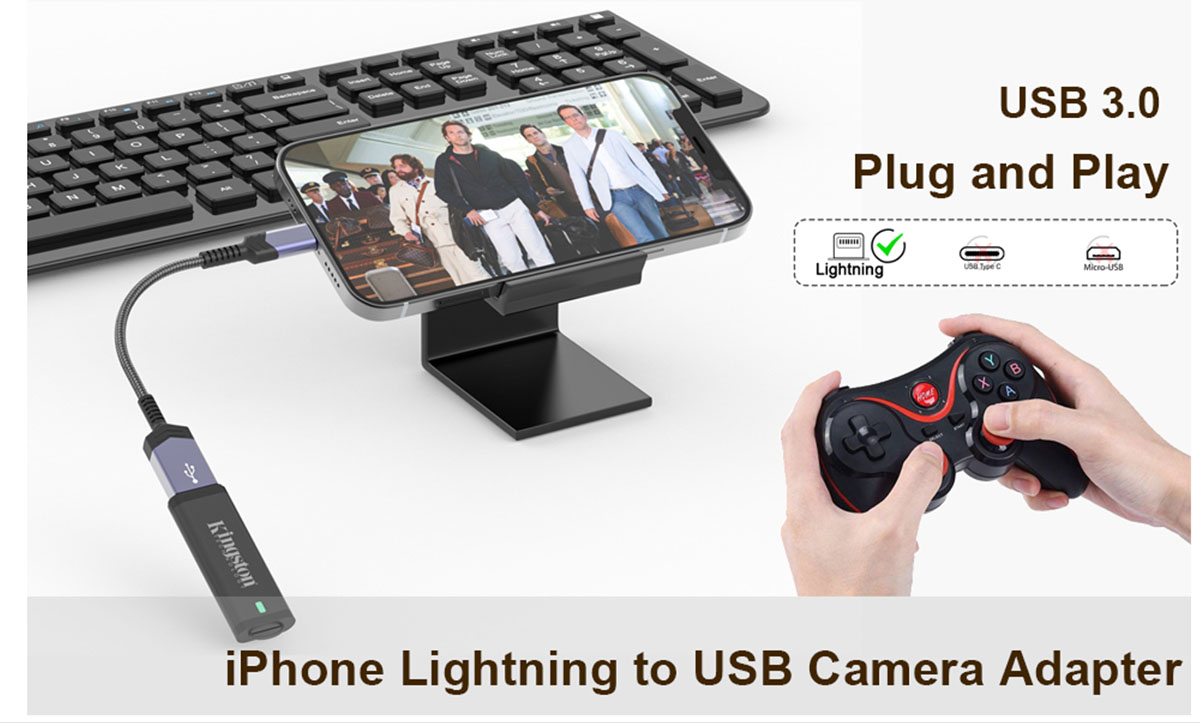
Although there are different ways to have a backup of your photos –and of all– your data that you store on your mobile, the most common is to go through a service that has its storage based on the cloud; that is to say: on the internet. However, there are also options to be able to have a backup copy of our photos and videos on a USB memory. And for this reason we are going to discuss all the options available to you. how to transfer mobile photos to a flash drive.
You have direct options without having to use a computer, as well as going through an application that will manage the transfer or different USB flash drives and cables compatible with the different operating systems on the market. In summary: We will offer you all the available options that will keep your photographs safe..
Backup mobile photos to a flash drive directly
Perhaps the easiest option of all is to get a flash drive –USB memory– that has the exact port of your mobile, be it USB-C, microUSB or Lightning. With this type of USB memory, things are completely streamlined.
Normally, when you get a USB memory of this type, You only have to connect the pendrive to your smartphone and in your file manager –only in the case of Android– you will have to do everything else.
In the case of an iPhone, things are not the same. If you get a pendrive compatible with your iPhone, some models come with file transfer software – the SanDisk brand is an example. It will also be easy to connect, open the file management application and select the data (photos) that you are interested in having on the USB memory.
Although there are many models on the market, we are going to offer you some models of USB flash drives that are compatible with Android and others with the different models of iPhone – even iPad or Android-based tablets.
SanDisk Ultra 128GB
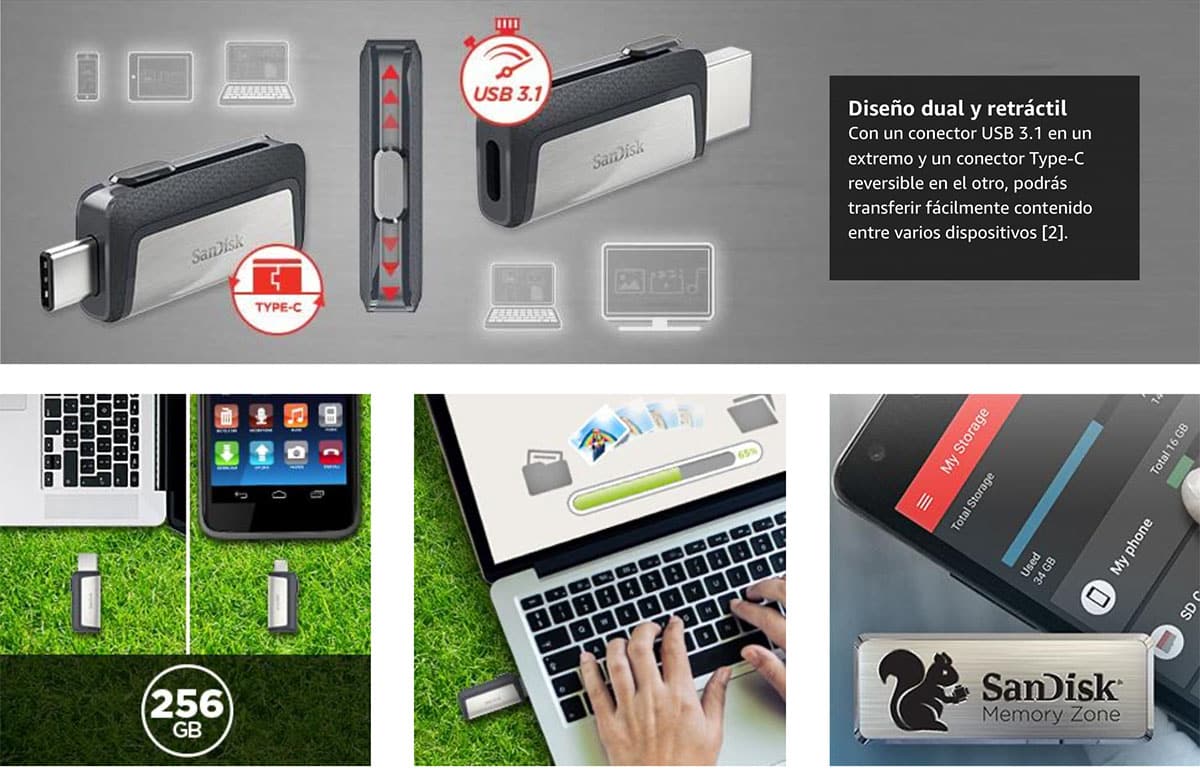
This small USB stick –or flash drive– has a 128GB capacity and its connection port is based on USB-C. Therefore, latest generation Android devices as well as iPads with this connection will be able to use it. Also, for a more comfortable data transfer, you must download the application SanDisk Memory Zone.
The price of this flash drive does not reach 20 euros and its connection is of the retractable type; that is, by means of a drive we will expose the USB-C port on one side and a USB 3.0 port on the other end to connect to a computer.
Buy this 128 GB SanDisk Ultra512 GB USB flash drive with multiports
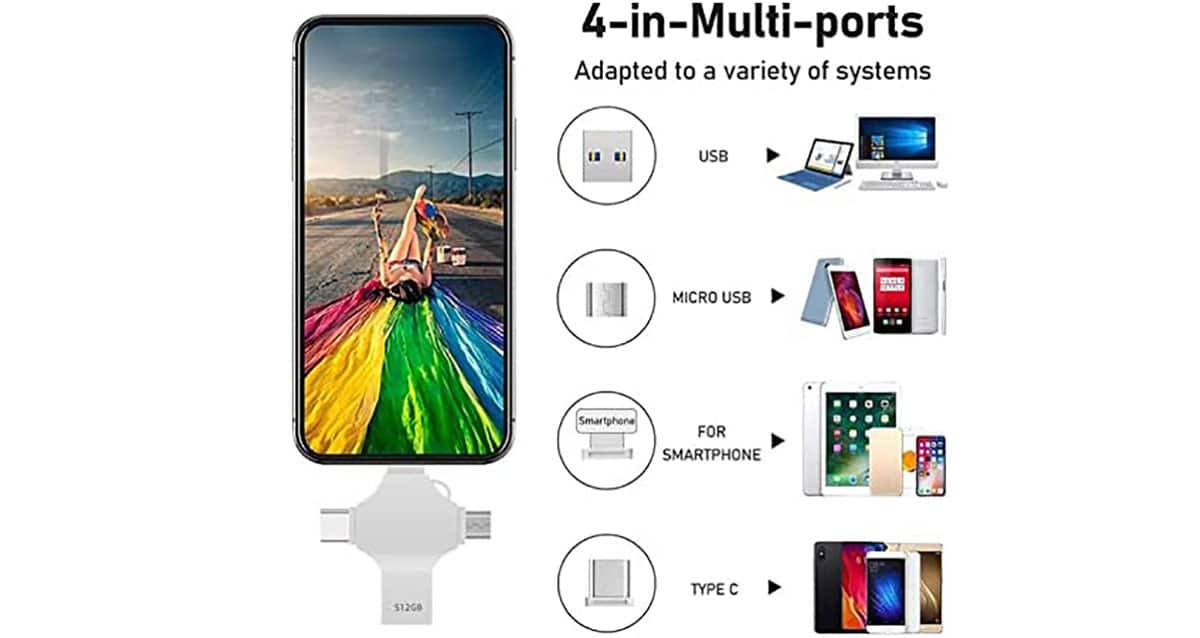
In this case we are dealing with a multiport model with an unconventional design. It also offers a much larger capacity than the previous model and can be used on both Android and iPhone. Its capacity is 512 GB and it has USB-C, standard USB, Lightning and microUSB ports..
Buy this 512 GB flash drive with multiports256 GB USB flash drive with multiports

In this case, we are dealing with a flash drive with a more conventional design and with a capacity that is halfway between the first option that we have given you and the second option. Its capacity is 256 GB and it also works with retractable port, besides having different adapters: lightning, USB-C and microUSB. On the other side you will have a high transfer USB 3.0 to connect to a computer port.
Buy this 256 GB flash drive with multiportsTransfer photos from the mobile to a flash drive using an OTG cable
If you don't want to pay extra money and you already have a flash drive in your possession, you can also make use of an OTG type cable –On The Go–, which will allow you to use that pendrive with conventional USB.
To clarify, this type of cable allows you to connect external peripherals to your mobile such as a keyboard, a mouse and, of course, external storage. Next we will leave you options for both Android and iOS.
OTG cable for use with a USB-C or microUSB port

This first option It will serve you both for use with mobiles based on USB-C and mobiles with microUSB. In addition, as we have already mentioned, these ports can be used on iPad devices as well as Android tablets. Also, its price is quite economical: only $4,39.
Buy OTG cable with USB-C and microUSB portOTG cable with Lightning port for iPhone/iPad
This next option It is intended exclusively for use with Apple mobile devices.. These can be the different iPhone models such as the iPad up to its 9th generation; the latest generation of the entry-level iPad works with USB-C. Its price is somewhat higher than in the previous case, but keep in mind that you can connect different equipment and not just a pendrive.
Buy the OTG cable with Lightning portTransfer photos from the mobile to a flash drive using a computer
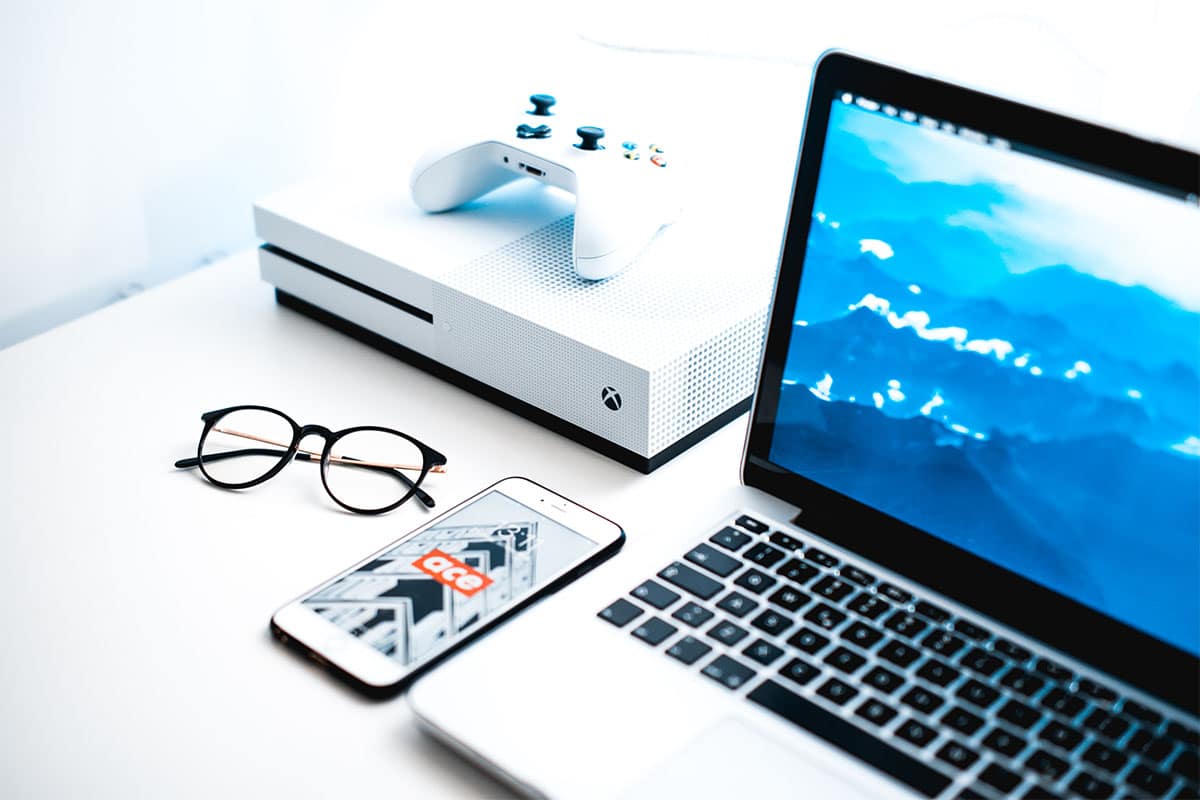
Now, if you do not want to make any outlay, we will have to use the computer, yes or yes. And here we will also have different options to carry out the operation, both with third-party software and based on cloud-based applications.
Option using Google Photos
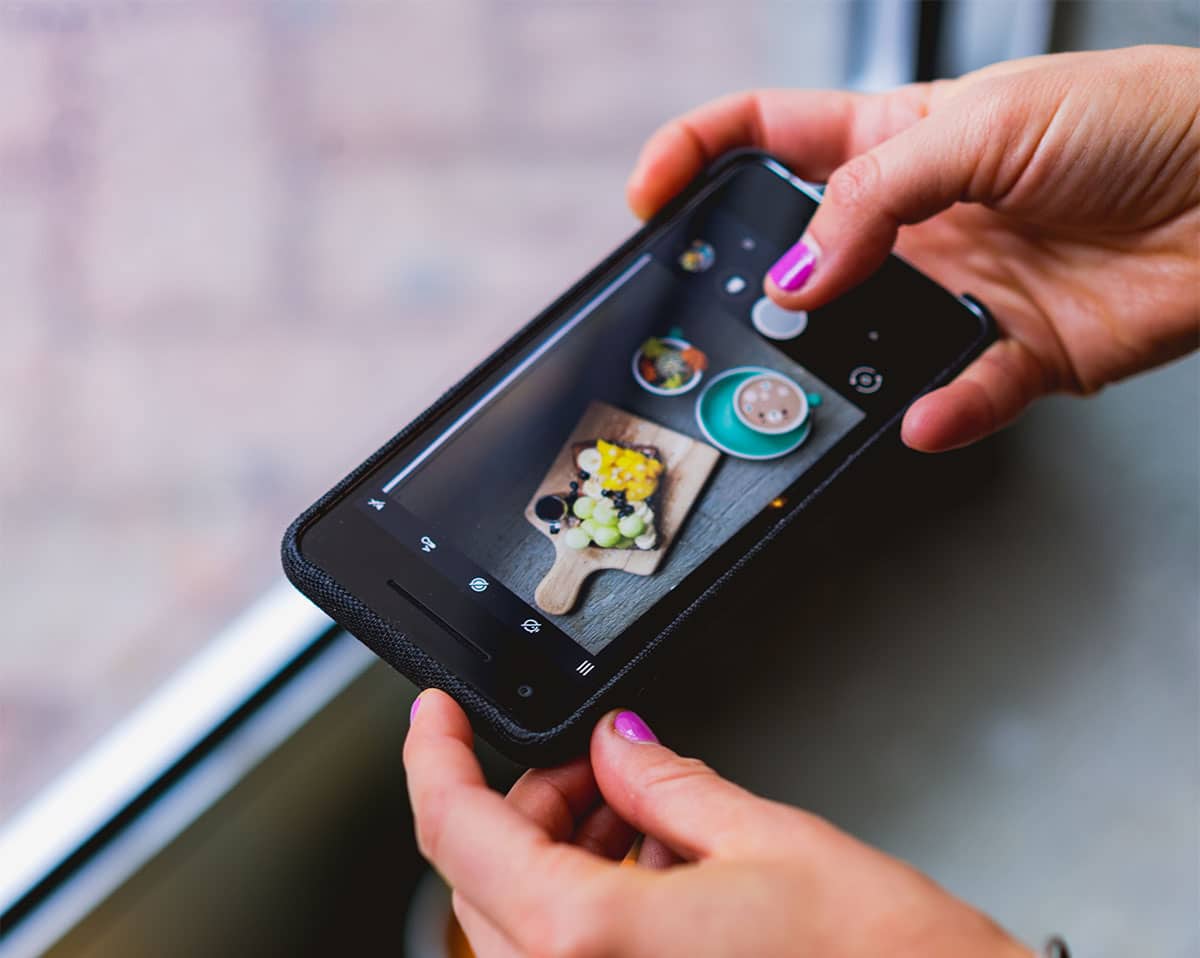
It may be the most recommended option of all. And it is that you should only have the Google Photos application installed on your mobile and the same software is in charge of making a backup copy of all the photographs that you store in the terminal.
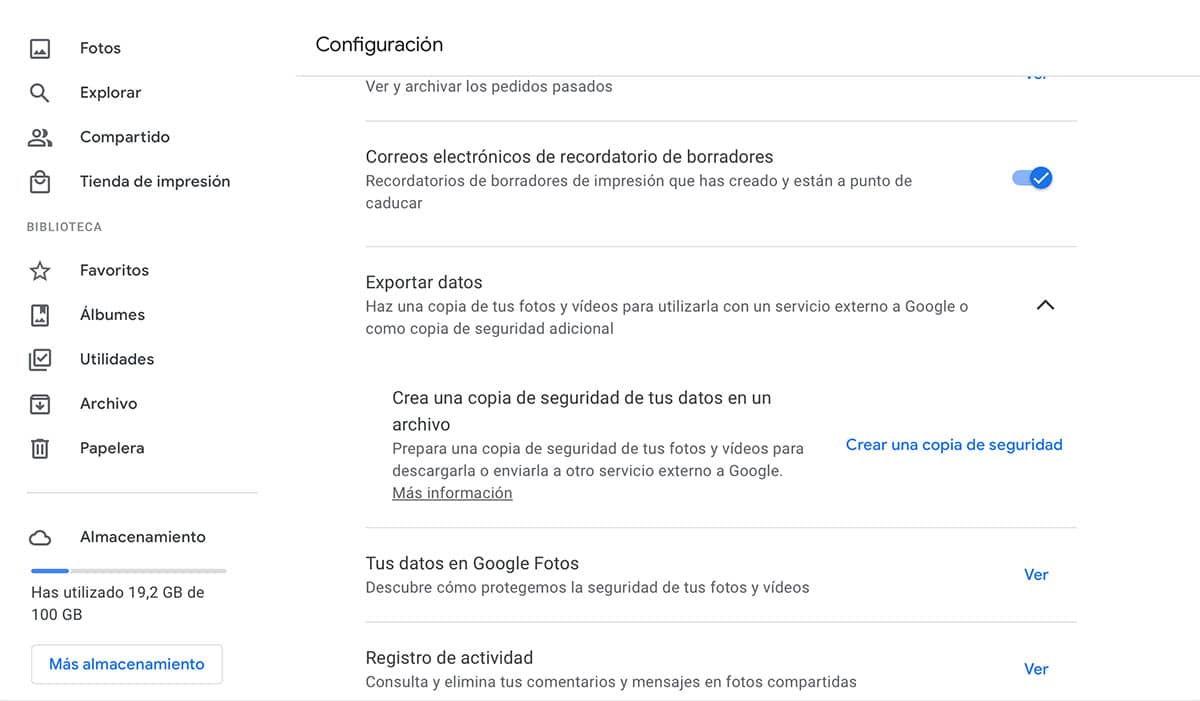
Now, having already a backup in the cloud, we should only resort to the computer and connect the flash drive to one of its USB ports. From there, follow these instructions:
- Sign in to Google Photos with your account – note that if you have different Google accounts, you must do so with the account that syncs with Google services –
- Enter the settings section
- Look for the option 'Export data'
- Click on backup
- At the end of the backup with the photographs you have chosen, you will be given choose the maximum file size, through which method you want to receive the generated file and in which format to receive it (ZIP or TGZ)
- You will receive the file after two days by the advanced protection program
- When you receive the file, unzip it and you can transfer all the photos to the USB flash drive
With this alternative it will not matter exactly if your mobile device is based on Android or iOS since the whole process is done using a cloud-based service.
Option connecting the mobile and the flash drive to the computer
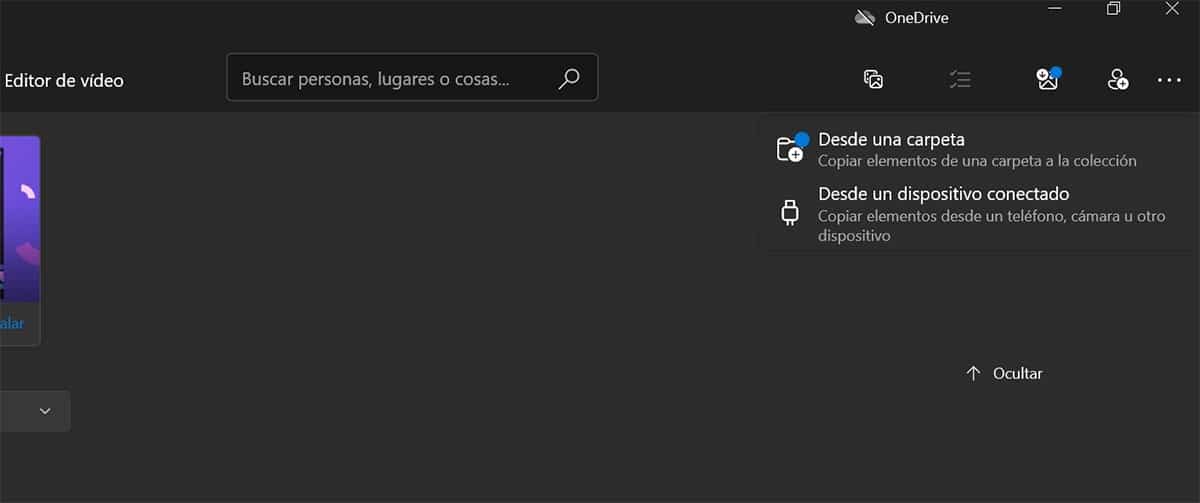
In this case the method will be different on Android than on iOS. As you may have already guessed, with an Android mobile things are quite easy. In the case of the iPhone, You will have to resort to the famous iTunes program, as long as your computer does not have Windows 10 or later.
In the case of Android, we must connect the USB memory to the computer port, as well as the smartphone in question. On mobile you will have to choose the option 'Transfer files'. It will be time to search through the folders of your mobile through the file explorer and select all the photos that interest you. Then, copy and drag them to the flash drive in question. Done, all photos on external storage.
Now, if it's an iPhone, syncs and transfers must be done through iTunes –as long as you have a computer with Windows 8 or earlier–. In case you have a team with Windows 10 / 11, connect the iPhone to your computer – the iPhone must be unlocked to be recognized – and Go to the 'Photos' app Windows. It will be time to enter the Windows 'Photos' application, click on 'Import' and choose the 'From a connected device' option. Now you just have to follow the directions. Once all the photos have been downloaded to the computer, it will be time to export them to the flash drive that we have previously connected.
